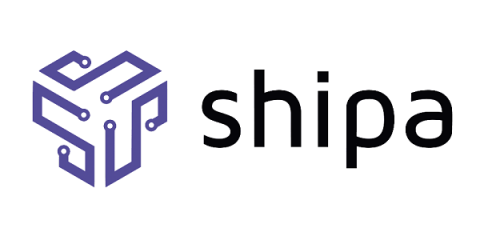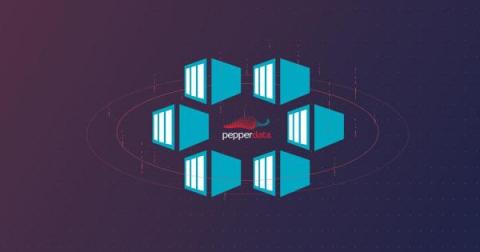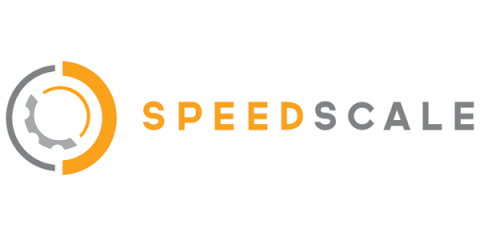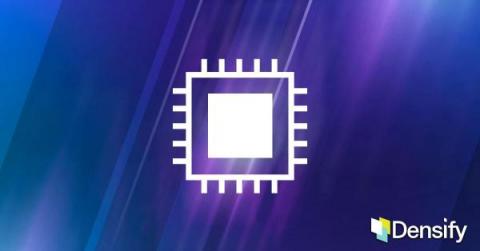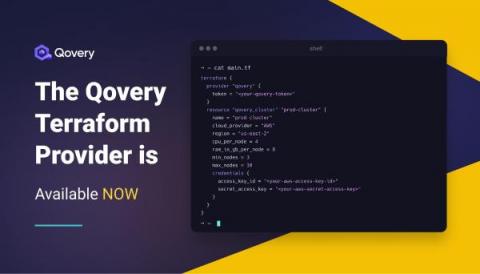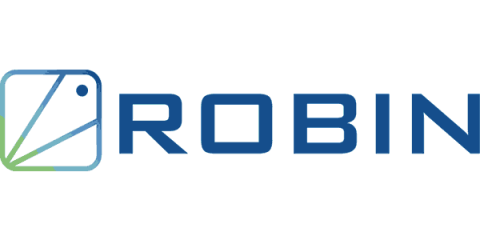Operations | Monitoring | ITSM | DevOps | Cloud
Latest News
Shipa Now in the AWS Marketplace
We are pleased to announce today that Shipa, the cloud-native Application as Code platform is now available on the AWS Marketplace. Bringing the power of Shipa to your internal customers on AWS infrastructure has never been easier with click to install from the AWS Marketplace.
Pepperdata Now Supports Azure Kubernetes Service
SCOM is a great addition for monitoring Kubernetes - and this is why!
Getting Started with Skaffold for Kubernetes Deployments
Kubernetes has experienced rapid growth over the years, with a recent post from the Cloud Native Computing Foundation reporting a userbase increase of about 67% in just the past year. Kubernetes is a container orchestration platform that automates how containers are deployed, how they communicate, and how traffic is routed between them; it also scales configurations for both the containerized workloads and the underlying infrastructure that comprises the cluster.
12-Factor Containerized Microservices: Leveraging VMware Tanzu and the Best of Kubernetes
At VMware, as we talk to enterprise customers about their application deployment patterns, challenges, and future requirements, we observe a common theme. Most of them are embarking on a modern application design and deployment path by using containers and Kubernetes as foundational technologies and by implementing their applications as microservices.
Surviving the Server Chip Shortage
The global chip shortage, which began in 2020, continues as demand for semiconductor chips continues to far outpace production. Intel CEO Pat Gelsinger recently forecast shortages to be sustained through at least the remainder of 2022. As a result, IT operations teams at almost every company we’ve talked with have felt the crunch in the form of skyrocketing prices and delays of up to a year for procurement of physical servers.
The Qovery Terraform Provider is Available Now
HPC workloads on Robin Cloud Native Platform (CNP) using Nvidia GPU (MIG A100)
In today’s world, graphics processing units or GPUs have attracted a lot of attention as the optimal vehicle to run artificial intelligence (AI), machine learning (ML) and deep learning (DL) workloads. These workloads require massive amounts of data, both ultra-high speed and parallel processing, along with flexibility and high availability. It is clear that high-performance computing (HPC) with graphics processing unit (GPU) systems are required to support cutting-edge workloads.



